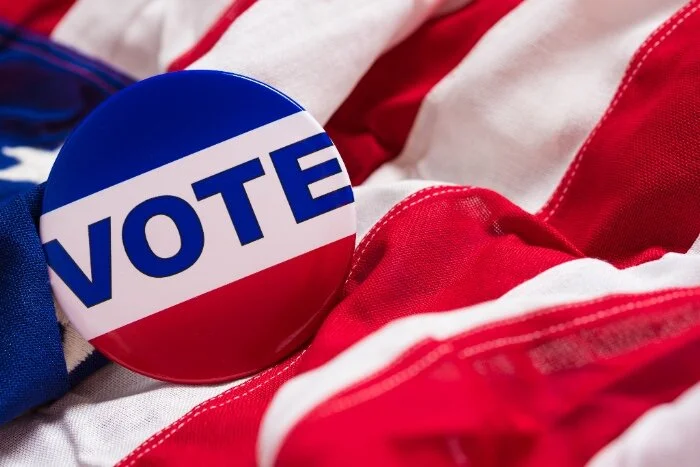The presidential election is approaching quickly, and with it an elevated level of rhetoric and fear-mongering. Until recently, most of it was just noise.
I have been telling my father for weeks that there was no need to panic about this election. During our last call, I told him it might be time to worry (not panic yet). The incumbent, given as level a playing field as this country is capable of right now, is afraid he cannot win. So he rages against a system that has worked for hundreds of years and orchestrates more and more ways to skew that playing field to his advantage.
The latest attempt involves crippling the United States Postal Service. During the era of the coronavirus, many states have decided to offer expanded mail-in voting (AKA absentee ballots) so people don’t have to choose between losing their lives to this as-yet-uncontrolled threat or exercising our constitutional right to vote. This does not sit well with the president. The more widespread voting by mail becomes the more level the playing field. Older voters who can’t stand for hours in a line, disabled voters who are homebound or suffering flare-ups on election day, people in jobs that don’t allow them to take time off to vote, and others who just can’t make it on the day will have the flexibility to cast their ballots.
Of course, the postal service is the only way that mail-in voting is successful. Our already overburdened postal workers will have to weather an increase of millions of pieces of mail, including collecting, sorting, distribution, and delivery. Knowing this, the newly appointed (and politically compromised) Postmaster General saw fit to remove mailboxes, disable sorting machines, and institute limits on overtime hours. As a result, the USPS recently warned 46 states that it would not have the capacity to get mailed ballots to the appropriate vote-counting authorities in time for them to be counted.
The good news is that in the last few days, public pressure, threat of criminal investigation, and at least 20 states organizing for a massive federal lawsuit has inspired the Postmaster General to walk back his policy changes. He now says they will be instituted after the election.
The bad news is that questions remain. What will the backlog (caused by the briefly instituted changes) ripple effect be? Will the mailboxes that were removed be put back? Will the sorting machines that were shut down be put back into service? Reports coming in from places like Maine and Michigan suggest that the promises given were merely lip service. Without restoring the apparatus already removed, the damage that has been done will continue. Letters and packages have already been delayed for more than a week ,and the delays will keep building and building until someone – perhaps another administration – fixes it. I have no faith that mail-in voting will go as smoothly as it might have before all of this maneuvering.*
That doesn’t mean we let them succeed in their aims to manipulate the vote. There are still ways to vote by mail and ensure it gets to the right place by election day.
Vote Early
Check with your state’s Board of Elections to see how it is conducting elections this year. If it allows mail-in voting, your state may require an application to receive a mail-in ballot. Send in the application now. Mail-in ballots usually go out In September.
When you receive the ballot read the instructions carefully and complete the ballot exactly as it says. If the ballot is completed incorrectly, it won’t count.
Send it in immediately. Without further changes to USPS policy, and with mail-in ballots going out in September, four to six weeks should be plenty of tie for the ballots to arrive at the right place.
If you are still doubtful that your ballot will get there or if you weren’t able to send it out with enough time to allow delivery, many places are setting up dropboxes specifically for receiving ballots. These boxes have security – they are either monitored or guarded in most places and have seals to prevent tampering – to ensure that ballots are secure. You can find the location of the drop boxes through your state’s Board of Elections, as well.
If mail-in voting just is not an option, most states have early in-person voting, where the crowds would be smaller and the lines shorter. And, of course, in places without all mail-in voting, there will be in-person voting on election day, although states may limit the number of polling places, so check with the Board of Elections before you go. And make sure you bring a mask, gloves if you have them, and your own sanitizer since you don’t know what will be available at the polling place.
No matter how you do it, make sure you vote. I say that for every election, but this year is particularly important, especially if we want to keep protections for patients with pre-existing conditions. We’ve moved backward in a lot of ways over the last four years. We will have to remedy that but so far, they haven’t been able to kill the policies that protect us. Only by voting will we ensure that it remains that way.
So, while I worry, I still don’t think it’s time to panic.
* Five states had all mail-in voting before the pandemic, Oregon for more than 20 years now. Twenty-two are moving in that direction, at least until we are safe from coronavirus.

